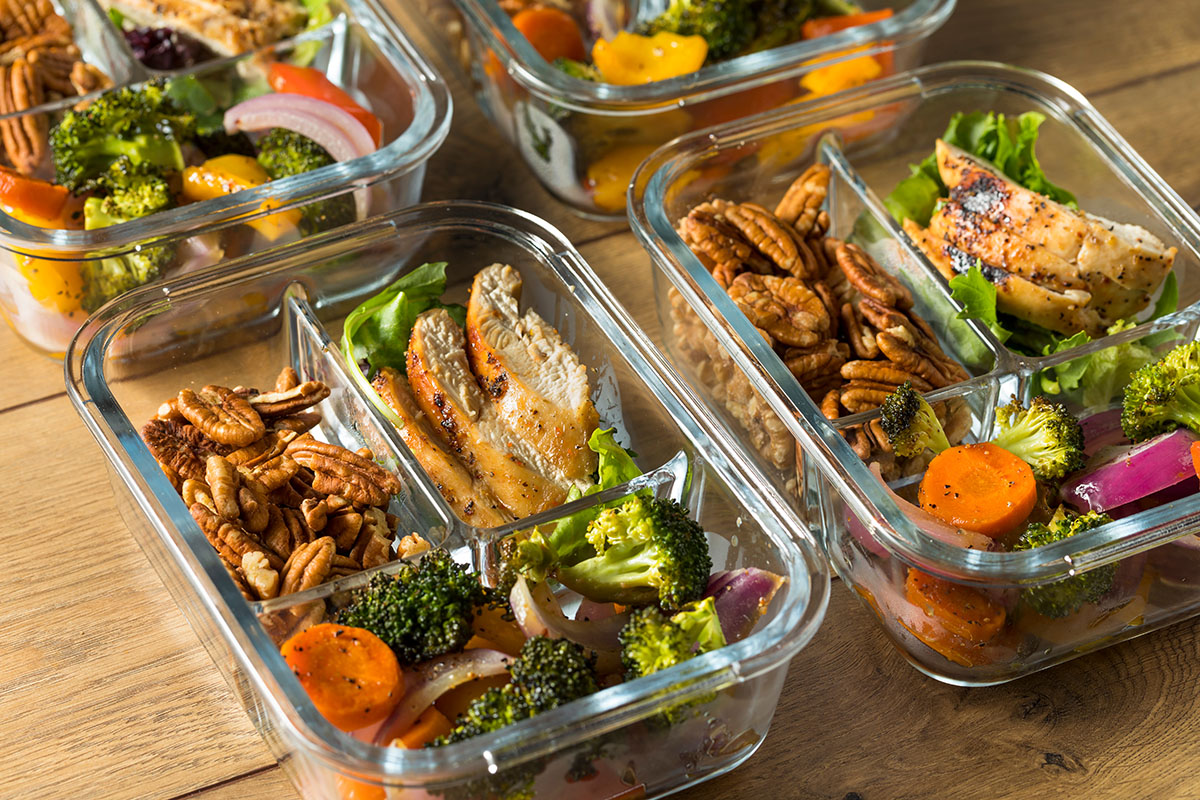High-Protein Food: Meat Sources and Farm-to-Table Notes
High-protein food plays a central role in many diets, supporting muscle repair, satiety, and nutrient density. For people who include animal proteins, meat sources such as chicken and beef are common choices because they deliver complete amino acid profiles and high grams of protein per serving. Understanding how these foods are produced, prepared, and incorporated into meals helps maximize nutrition while addressing food-safety and sustainability concerns.

This article is for informational purposes only and should not be considered medical advice. Please consult a qualified healthcare professional for personalized guidance and treatment.
How does meat contribute to high-protein diets?
Meat is often the go-to high-protein food because it typically provides 20–30 grams of protein per 100 grams served, depending on cut and preparation. Protein from meat includes all essential amino acids, which supports tissue repair and metabolic functions. Beyond protein, many meats supply micronutrients such as iron, zinc, vitamin B12, and creatine. When planning meals, consider portion sizes and cooking methods: grilling, baking, or broiling lean cuts can preserve protein while limiting added fats. Processed meats will often have higher sodium and preservatives, so they should be used selectively.
What role do farms play in protein quality and traceability?
Farms are the starting point for meat quality, influencing animal diet, welfare, and traceability of the final product. Farming systems—whether conventional, pasture-based, or mixed—affect nutrient composition modestly and mainly determine production practices, antibiotic use, and environmental footprints. Traceability systems, farm labels, and producer transparency can help consumers make informed choices about where their food originates. For retailers and local services, look for clear labeling on collection points or product pages that explains production methods and animal care standards.
How can you choose high-protein food for everyday meals?
Selecting high-protein food involves balancing nutrition, cost, convenience, and personal preferences. Mix lean cuts of chicken and beef with plant proteins like legumes and dairy to vary nutrient intake and reduce reliance on any single source. For weekday meals, prepare larger batches of roasted chicken breasts, shredded beef, or lean ground meat, then portion and refrigerate for quick salads, wraps, or grain bowls. Pay attention to serving sizes: a typical cooked portion of 90–120 grams of meat delivers a solid protein contribution to a meal without excessive calories when trimmed of visible fat.
Is chicken a reliable high-protein option?
Chicken is widely used as a lean high-protein food. Skinless chicken breast is one of the leaner meat choices and typically has a high protein-to-fat ratio, making it suitable for calorie-conscious plans. Darker cuts like thighs and drumsticks contain slightly more fat and calories but offer richer flavor and micronutrients. Cooking methods matter: poaching, baking, or air frying helps keep added fats lower than deep frying. From a food-safety standpoint, cook chicken to the recommended internal temperature and avoid cross-contamination during preparation and storage.
How does beef compare as a high-protein source?
Beef provides concentrated protein along with iron, vitamin B12, and other nutrients. Different cuts vary widely: sirloin and round are leaner, while ribeye and brisket contain more marbling and calories. Ground beef comes in different lean-to-fat ratios; choosing leaner blends reduces saturated fat while keeping protein content high. Culinary uses for beef range from quick stir-fries using thin strips to long, slow braises that tenderize tougher cuts. When selecting beef, consider both nutritional goals and cooking style—lean cuts work well for fast meals, while fattier cuts suit slow cooking.
Practical tips for storage, preparation, and balanced meals
Store raw meat at recommended refrigeration temperatures and consume or freeze within safe timeframes to prevent spoilage. Thaw frozen meat in the refrigerator rather than at room temperature. When preparing meals, pair meat-based high-protein food with vegetables, whole grains, or legumes to add fiber and micronutrients, which helps digestion and overall diet quality. For people monitoring sodium or saturated fat, choose minimally processed options and trim visible fat when appropriate. If environmental or ethical concerns shape choices, explore local services or farms that publish farming practices and animal welfare information.
Conclusion
Meat-based high-protein food such as chicken and beef can be practical, nutrient-dense components of many diets when chosen and prepared thoughtfully. Consider the cut, cooking method, and farm practices that align with your health goals and values. Balancing animal proteins with plant-based options and attention to food safety will support both nutrition and variety in everyday meals.





